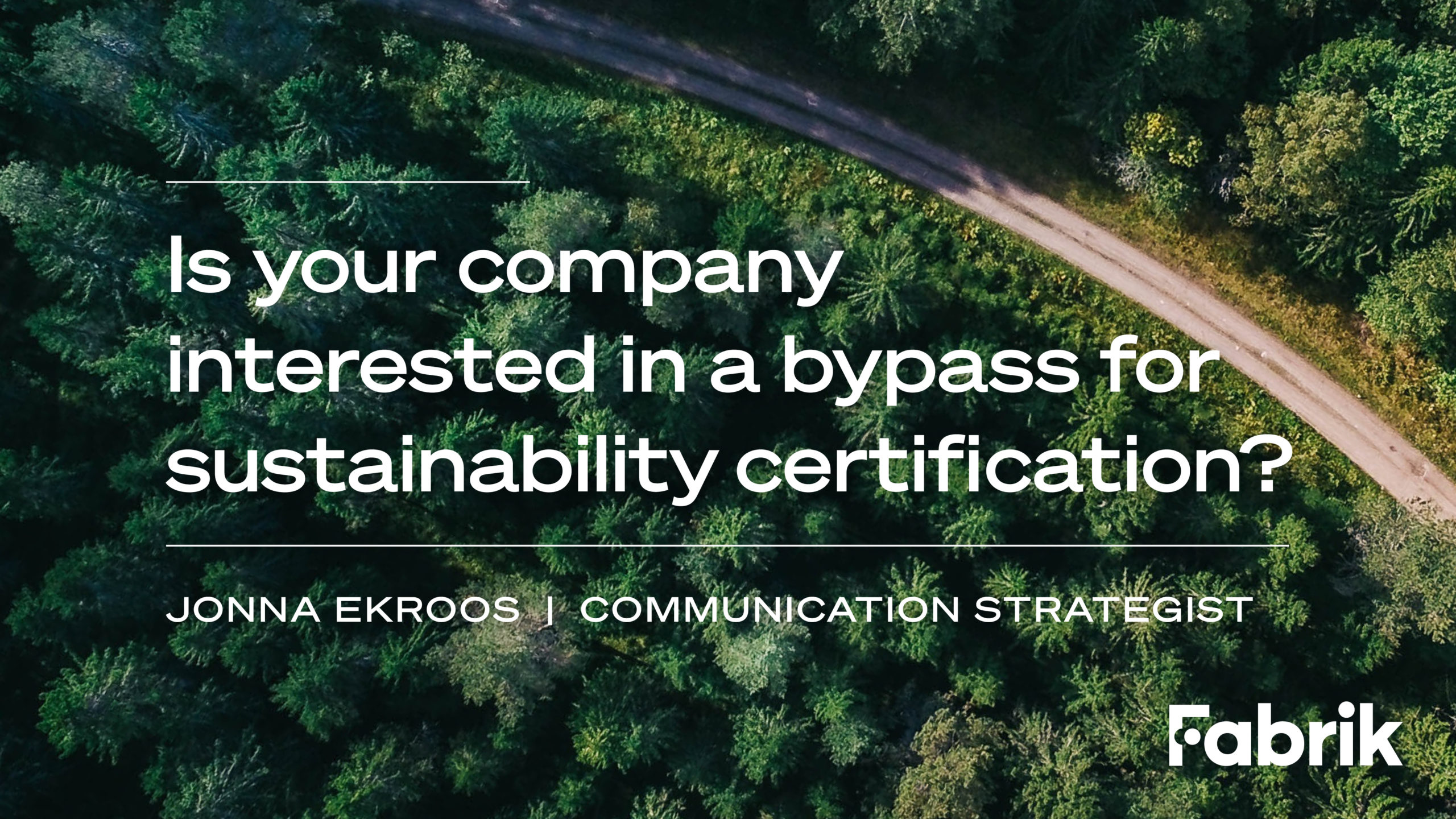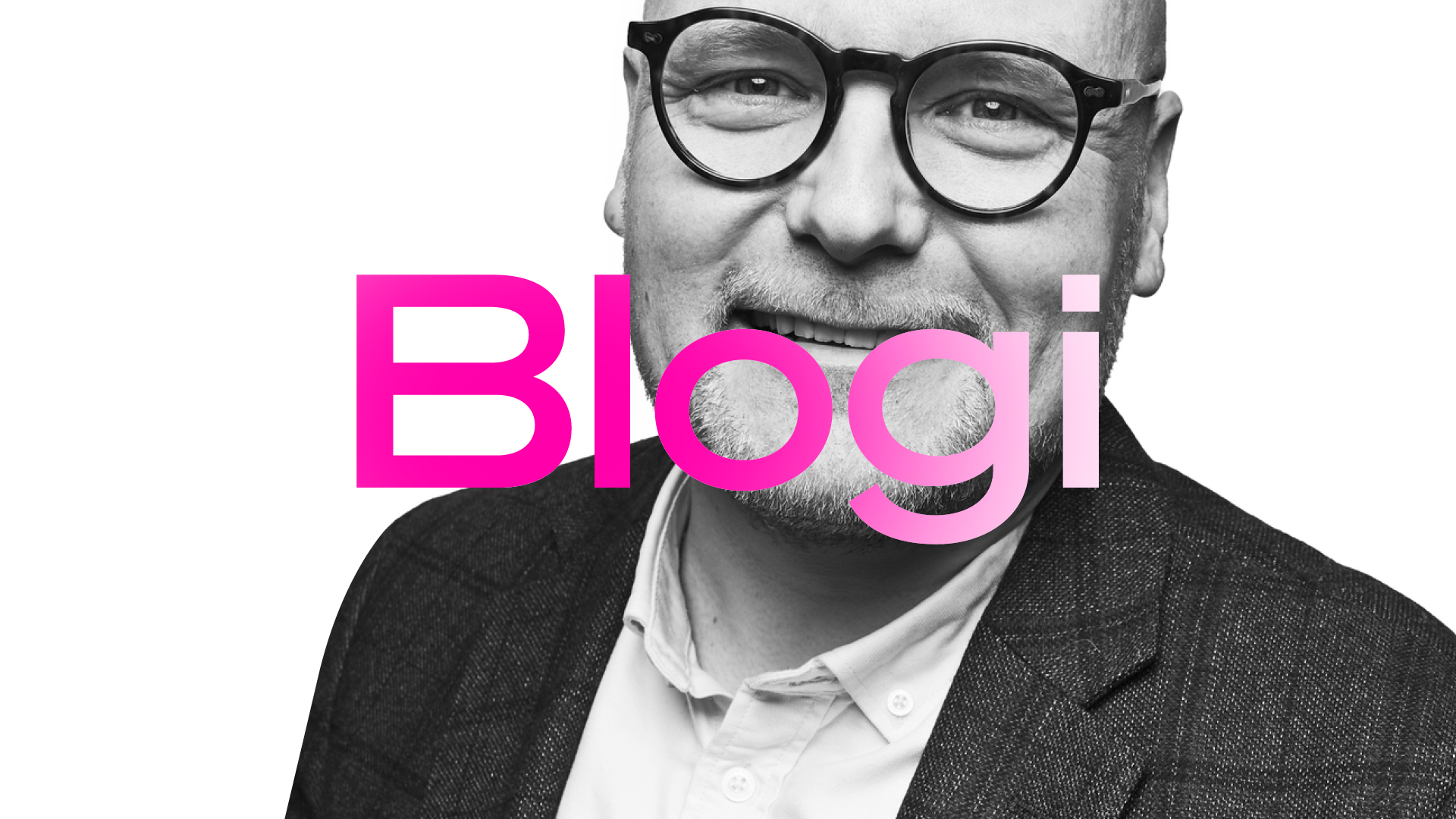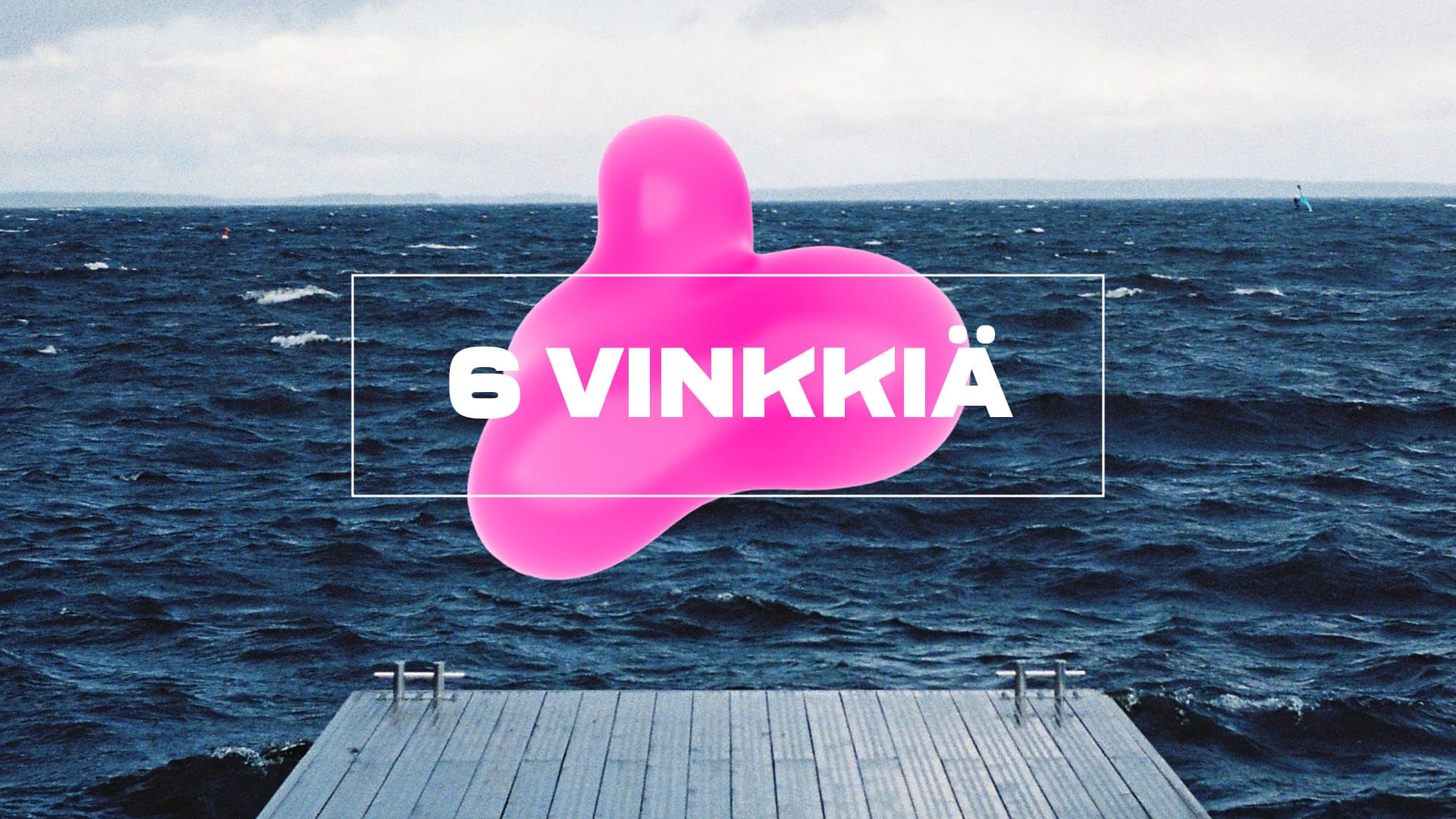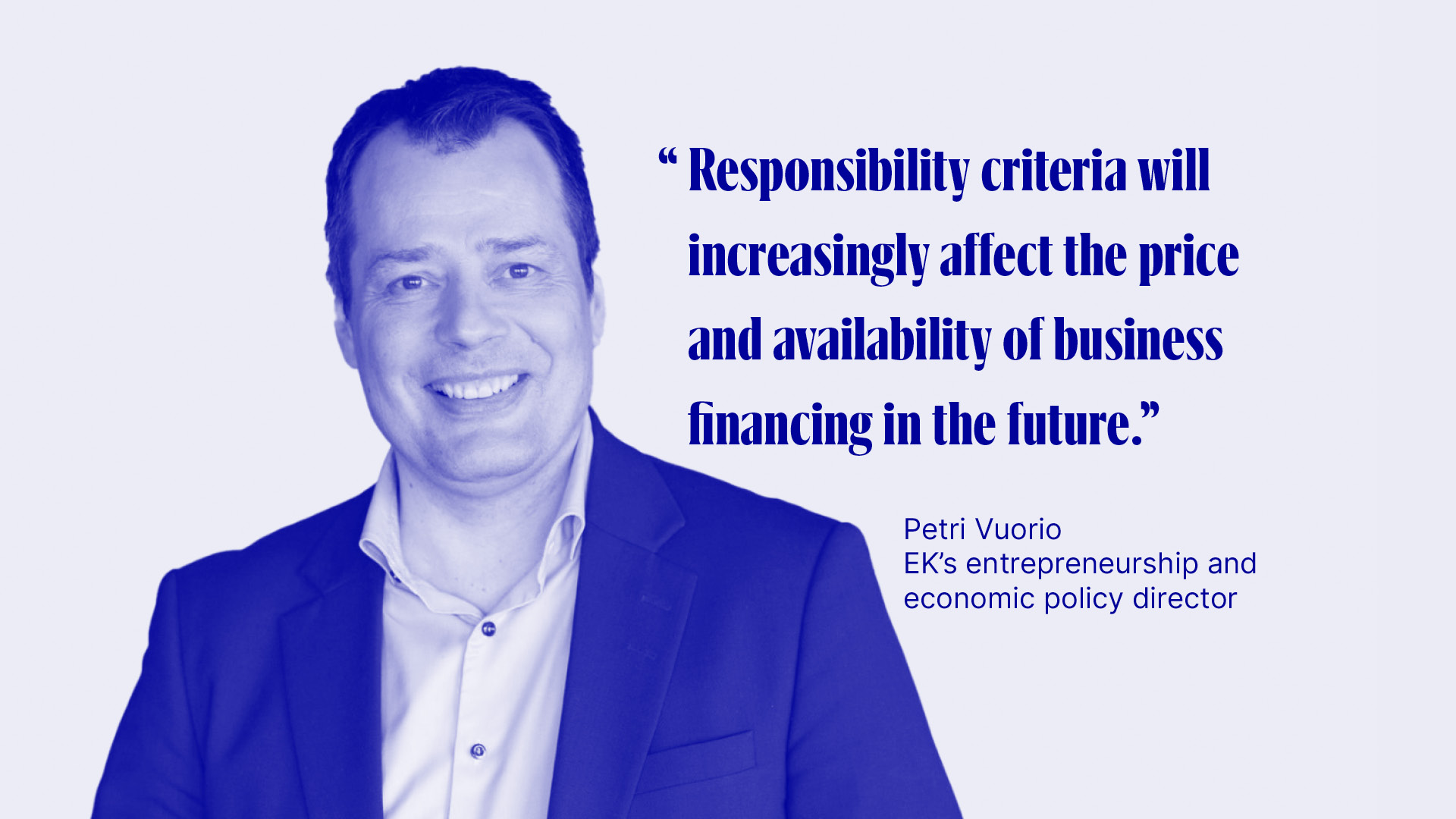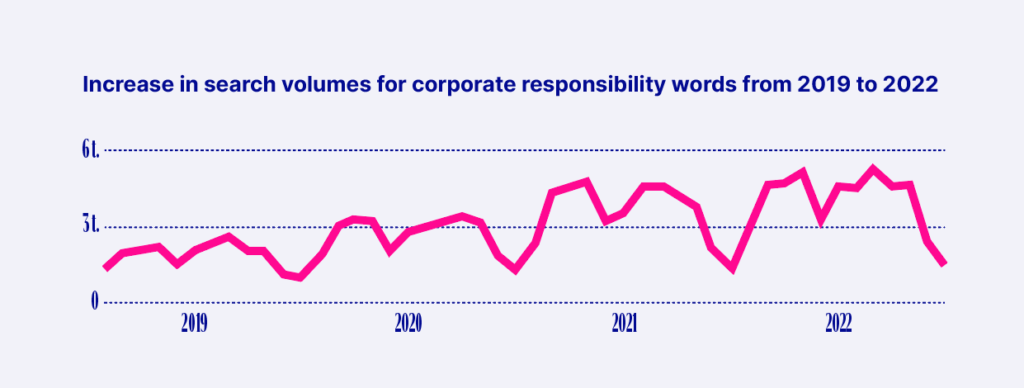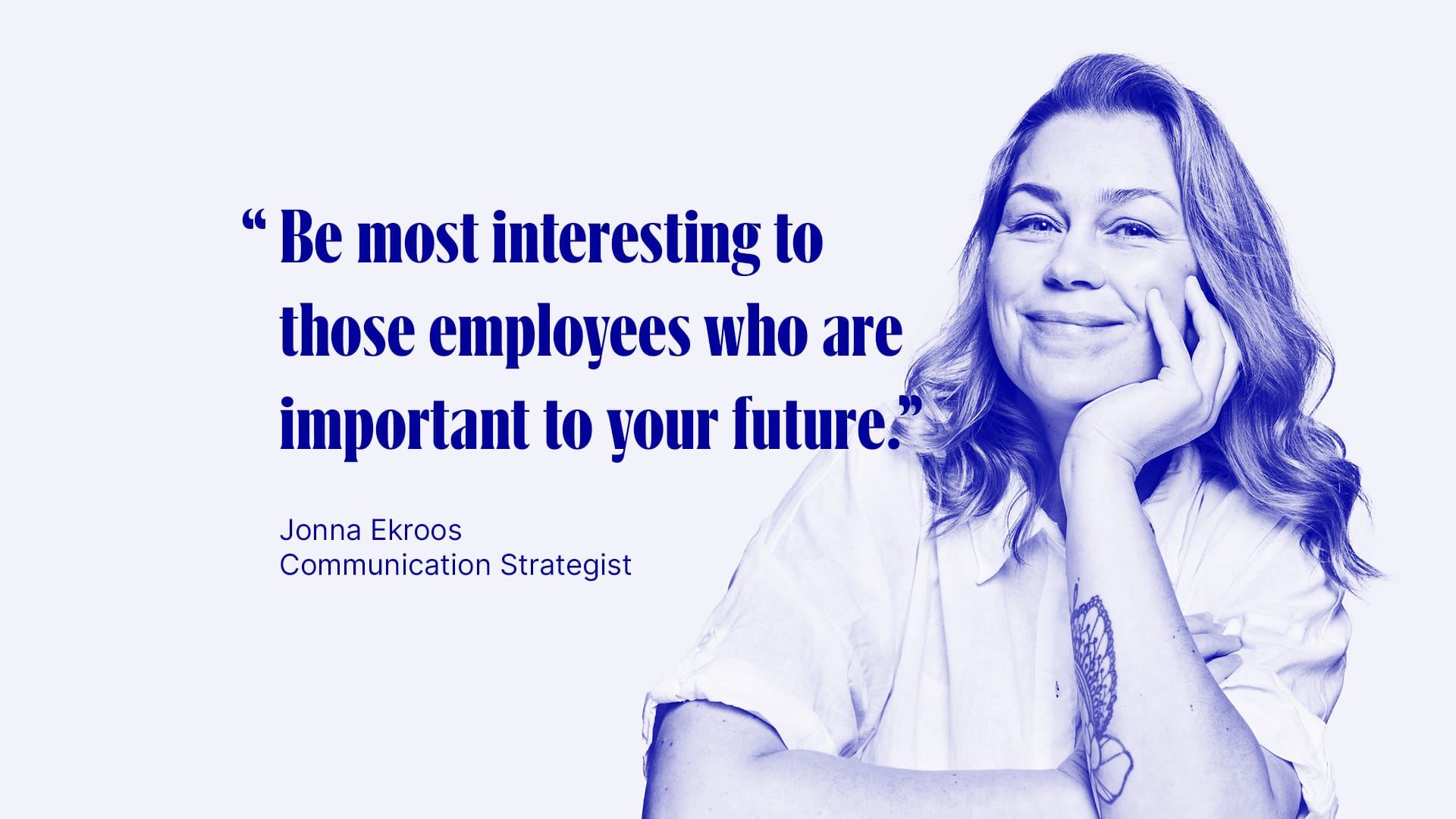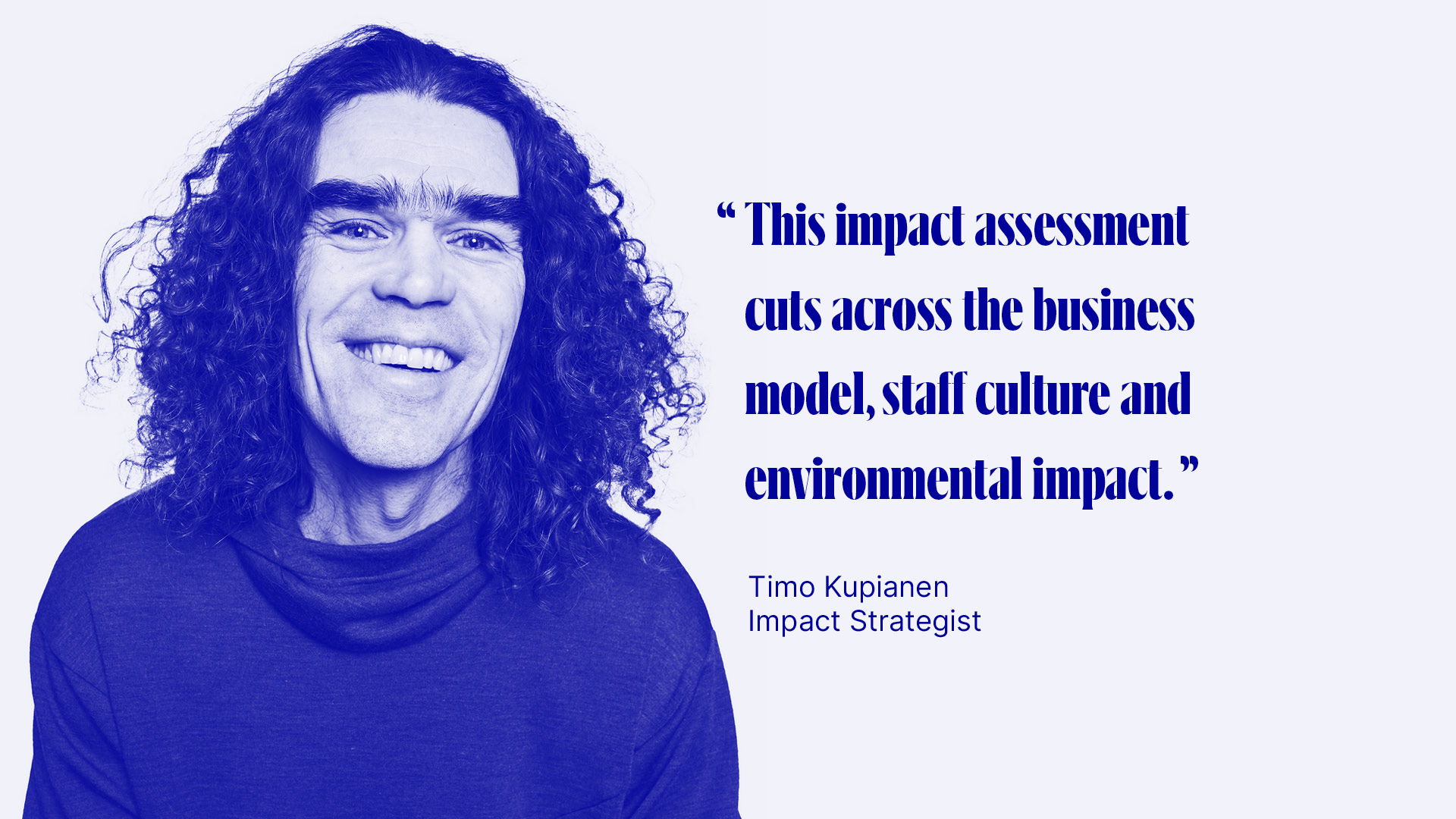Read this article in Finnish
Last year ended on a high note for our B Corp journey, with Fabrik co-founding B Local Helsinki and our own application for certification moving forward. Before I tell you what this year has in store, a few words about B Corp.
Why B Corp?
B Corp is a non-profit organisation whose holistic corporate responsibility tool is used by over 500,000 companies around the world. It is not limited to a single product or a specific part of the supply chain, but cuts across the whole business (management, employees, community, environment and customers).
It is strongly business-driven: to harness the power of business for good, as B Corp’s core belief is, businesses need to grow and thrive. In the midst of sustainability promises, B Corp focuses on real impact and is therefore a credible base for corporate sustainability work.
Finland as a top priority
This year, Finland is the number one priority for the European B Corp movement. This means that companies that join will have a particularly fast turnaround time for their certification and will be able to capitalise on this, both in terms of their own reputation and the wider visibility of the movement in the Nordic countries.
Why is this? Because B Corp is widely used in Central Europe and the aim is to create the same wave in the Nordic countries. There are currently 77 B Corp certified companies in the Nordic countries and around 50 companies in the process of certification. By 2023, the number of companies is expected to grow to over 200. Globally, there are more than 6,000 certified companies and expectations for growth are high.
B Local Helsinki – get involved!
It has been a privilege to get to know the existing B Corp companies in Finland. We are in different industries, but the attitude is the same. As in other cities around the world, we decided to create our own local community in Helsinki.
This year will bring at least the following:
- Awareness and visibility for the B Corp movement
- A lot of new Finnish potential companies
- B Local Helsinki meetings (open to all)
- A lot of new contacts and new people who want to get involved in B Corp activities (March is B Corp Month – you’ll hear more soon)
- Hopefully one big seminar at the end of the year
We’d be very happy to tell you more for anyone interested. Fabrik already has one B Leader and soon another, as in a few days I will also start a B Corp training sprint of about 3 months in Stockholm. Have a great and impressive year – for all of us!
Written by Jonna Ekroos, Fabrik’s Communications Strategist and Partner
Lukusuositus: Nille Skalts on corporate responsibility and the future of business – ”This is not sustainability, this is core business.”
Read more about B Corp and our services.
